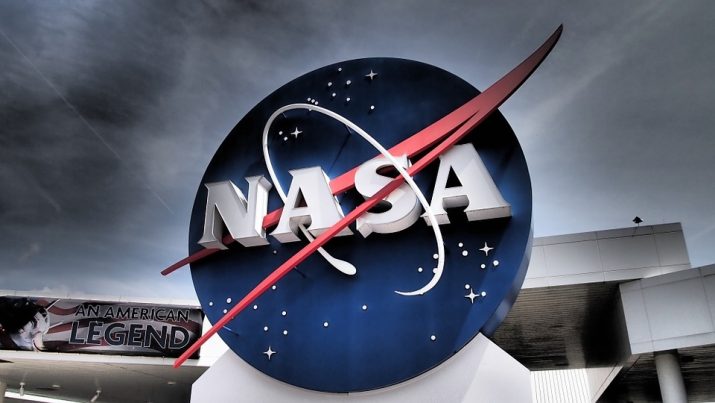
NASA’s deep space SLS megarocket passes testing milestone
Sunday, February 18, 2018 by David Williams
http://www.futuresciencenews.com/2018-02-18-nasa-deep-space-sls-megarocket-testing-milestone.html

The National Aeronautics Space Agency (NASA) is said to be on track to send humans to Mars by the year 2030. As part of its preparations, the agency has reportedly brought 3D printing into the equation as it has begun testing what it says will be the most powerful rocket on the planet. According to a report, this rocket is set to take its first official flight some time next year, in 2019. Eventually, it’s set to carry humans on the Orion spacecraft.
NASA’s latest test involved none other than the Space Launch System (SLS) engine, and the agency opted to do it at the Stennis Space Center near Bay St. Louis, Mississippi. It is the second time that NASA has conducted a test so far this year, after an earlier test of the RS-25 just a couple of weeks ago. The SLS is currently being built up to spec, and once it’s finished, it’s meant to be used for “deep-space” destinations like the planet Mars and other interstellar bodies.
One of the bigger changes to the SLS engine, according to a report from Fox News, is the use of a newly-added 3D-printed shock absorber as one of its components. NASA has an official term for it — pogo accumulator assembly — and said that its purpose is to “give astronauts a smoother ride.” It’s part of the test that was conducted at the Stennis Space Center.
The 3D printed engine component is said to be part of an ongoing series of tests that make use of newer manufacturing methods that will allow NASA to cut costs and improve efficiency when it comes to building future engines. It is reportedly made by using a laser and metal powder, and a machine is able to build it in a matter of weeks, instead of the years it takes to do the same through hand construction.
Alan Fung, a lead mechanical design engineer on the project, mentioned that the purpose of the particular 3D printed component used in the latest test is to act as a simple shock absorber. “As you’re driving along a cobble stone road you have dampeners in your car that make it a nice smooth ride and that’s what we’re doing for astronauts,” he said. “When the astronauts are riding up into space they’ll feel this vibration that kind of feels like jumping on a pogo stick. That’s where the name comes from.”
According to Dan Adamski, the RS-25 program director at Aerojet Rocketdyne, a company that collaborated with NASA on the test, they want to keep up the progress on their work so far after having first seen it last year. “We ended 2017 with a successful engine test in December and have now maintained that momentum into 2018,” he explained. “Future testing this year will continue to add to the program’s inventory of flight controllers and will bring additional development hardware into the test program to demonstrate design, manufacturing, and affordability improvements.”
Once built, the SLS rocket is set for a planned mission that will be unmanned on the first attempt. And if that mission proves to be successful, NASA is aiming for a manned mission to space — with the SLS rocket carrying astronauts out to the planet Mars — in just a little over two decades, by 2030. That’s certainly wonderful news that’s worth looking forward to, but with commercial space companies like SpaceX showing a lot of promise, the agency may end up being massively behind in the current generation’s space race. For now, they will continue to explore the available 3D printed component options to see what else they can optimize on for future missions.
Read more about the space race in Space.news.
Sources include:
Tagged Under: Tags: 3D printed engine parts, 3D printed parts, goodscience, NASA, rockets, SLS Rocket, Space, space exploration, Space Race, space rocket





